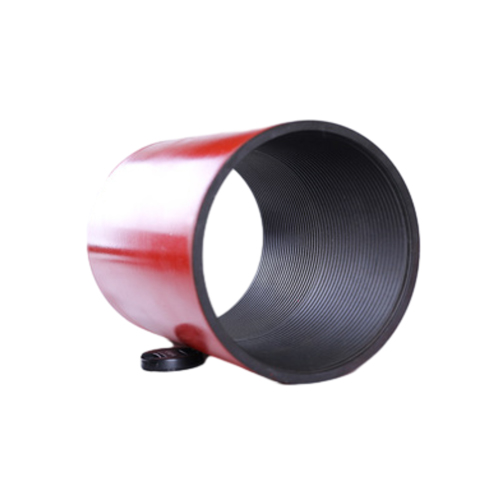- Afrikaans
- Albanian
- Amharic
- Arabic
- Armenian
- Azerbaijani
- Basque
- Belarusian
- Bengali
- Bosnian
- Bulgarian
- Catalan
- Cebuano
- Corsican
- Croatian
- Czech
- Danish
- Dutch
- English
- Esperanto
- Estonian
- Finnish
- French
- Frisian
- Galician
- Georgian
- German
- Greek
- Gujarati
- Haitian Creole
- hausa
- hawaiian
- Hebrew
- Hindi
- Miao
- Hungarian
- Icelandic
- igbo
- Indonesian
- irish
- Italian
- Japanese
- Javanese
- Kannada
- kazakh
- Khmer
- Rwandese
- Korean
- Kurdish
- Kyrgyz
- Lao
- Latin
- Latvian
- Lithuanian
- Luxembourgish
- Macedonian
- Malgashi
- Malay
- Malayalam
- Maltese
- Maori
- Marathi
- Mongolian
- Myanmar
- Nepali
- Norwegian
- Norwegian
- Occitan
- Pashto
- Persian
- Polish
- Portuguese
- Punjabi
- Romanian
- Russian
- Samoan
- Scottish Gaelic
- Serbian
- Sesotho
- Shona
- Sindhi
- Sinhala
- Slovak
- Slovenian
- Somali
- Spanish
- Sundanese
- Swahili
- Swedish
- Tagalog
- Tajik
- Tamil
- Tatar
- Telugu
- Thai
- Turkish
- Turkmen
- Ukrainian
- Urdu
- Uighur
- Uzbek
- Vietnamese
- Welsh
- Bantu
- Yiddish
- Yoruba
- Zulu
Understanding Vacuum Hose Connections and Their Importance in Automotive Applications
Understanding Vacuum Hose Coupling A Critical Component in Automotive and Industrial Applications
Vacuum hose couplings are essential components in many mechanical systems, particularly in automotive and industrial settings. These couplings serve as connectors that link various vacuum hoses, facilitating the transfer of air, fluids, or gases within systems that rely on vacuum pressure. Understanding the function, types, and applications of vacuum hose couplings is vital for anyone involved in maintenance, repair, or design of vacuum systems.
What is a Vacuum Hose Coupling?
A vacuum hose coupling refers to a joint or connector that connects two segments of vacuum hose, allowing them to form a continuous path for the vacuum pressure to operate effectively. These couplings can be made from various materials, including rubber, plastic, or metal, depending on the specific demands of the application, such as temperature resistance, chemical compatibility, or mechanical strength.
Functionality and Importance
The primary function of a vacuum hose coupling is to ensure a secure and leak-free connection between hoses. A properly functioning coupling is crucial, as any leak can lead to a loss of vacuum pressure, resulting in decreased efficiency and performance of the system. For instance, in automotive applications, a vacuum leak caused by a faulty coupling can lead to poor engine performance, increased emissions, and lower fuel efficiency.
Moreover, vacuum hose couplings play an essential role in various industries, including manufacturing, packaging, and food processing
. They help in transporting products, controlling pneumatic systems, and managing vacuum conveyance systems, where maintaining a consistent vacuum is vital for product quality and operational efficiency.Types of Vacuum Hose Couplings
There are several types of vacuum hose couplings, each designed to accommodate specific requirements
1. Barbed Couplings These are the most common type of vacuum hose connectors, featuring a barbed end that grips the inside of the hose when inserted. They are typically used for applications where the hoses need to be joined securely, and they are relatively easy to install.
vacuum hose coupling

2. Twist Lock Couplings This design allows for a quick connection and disconnection, making it suitable for applications requiring frequent maintenance or adjustments. Twist lock couplings are generally more robust than barbed types and provide a more secure seal.
3. Cam and Groove Couplings Often employed in industrial settings, cam and groove couplings allow for fast connections and disconnections. They feature a cam lever that locks the connection in place, ensuring a strong grip under pressure.
4. Flange Couplings These are used for high-pressure applications where a robust connection is necessary. Flange couplings consist of two flanged ends that are bolted together, providing a high level of security and stability.
5. Quick Disconnect Couplings Ideal for applications where hoses need to be frequently changed or removed, these couplings provide a simple mechanism for connecting and disconnecting vacuum hoses quickly and efficiently.
Applications of Vacuum Hose Couplings
Vacuum hose couplings are employed in various applications across different industries. In the automotive sector, they are often found in brake systems, emission control systems, and engine management systems. Proper function and integrity of these couplings are vital for safe vehicle operation and compliance with environmental regulations.
In industrial applications, vacuum hose couplings facilitate processes such as material handling, vacuum packaging, and vacuum drying. They also play a role in pneumatic systems, where maintaining vacuum pressure is crucial for machinery operation.
Conclusion
In summary, vacuum hose couplings are integral components that enable the efficient transfer of vacuum pressure in various systems. Their ability to provide secure, leak-free connections is vital for the performance and reliability of both automotive and industrial applications. With different types available, choosing the right coupling for a specific application can greatly enhance operational efficiency and safety. Whether you're an engineer, technician, or DIY enthusiast, understanding vacuum hose couplings is essential for maintaining the integrity of any vacuum system.
-
Tubing Pup Joints: Essential Components for Oil and Gas OperationsNewsJul.10,2025
-
Pup Joints: Essential Components for Reliable Drilling OperationsNewsJul.10,2025
-
Pipe Couplings: Connecting Your World EfficientlyNewsJul.10,2025
-
Mastering Oilfield Operations with Quality Tubing and CasingNewsJul.10,2025
-
High-Quality Casing Couplings for Every NeedNewsJul.10,2025
-
Boost Your Drilling Efficiency with Premium Crossover Tools & Seating NipplesNewsJul.10,2025







